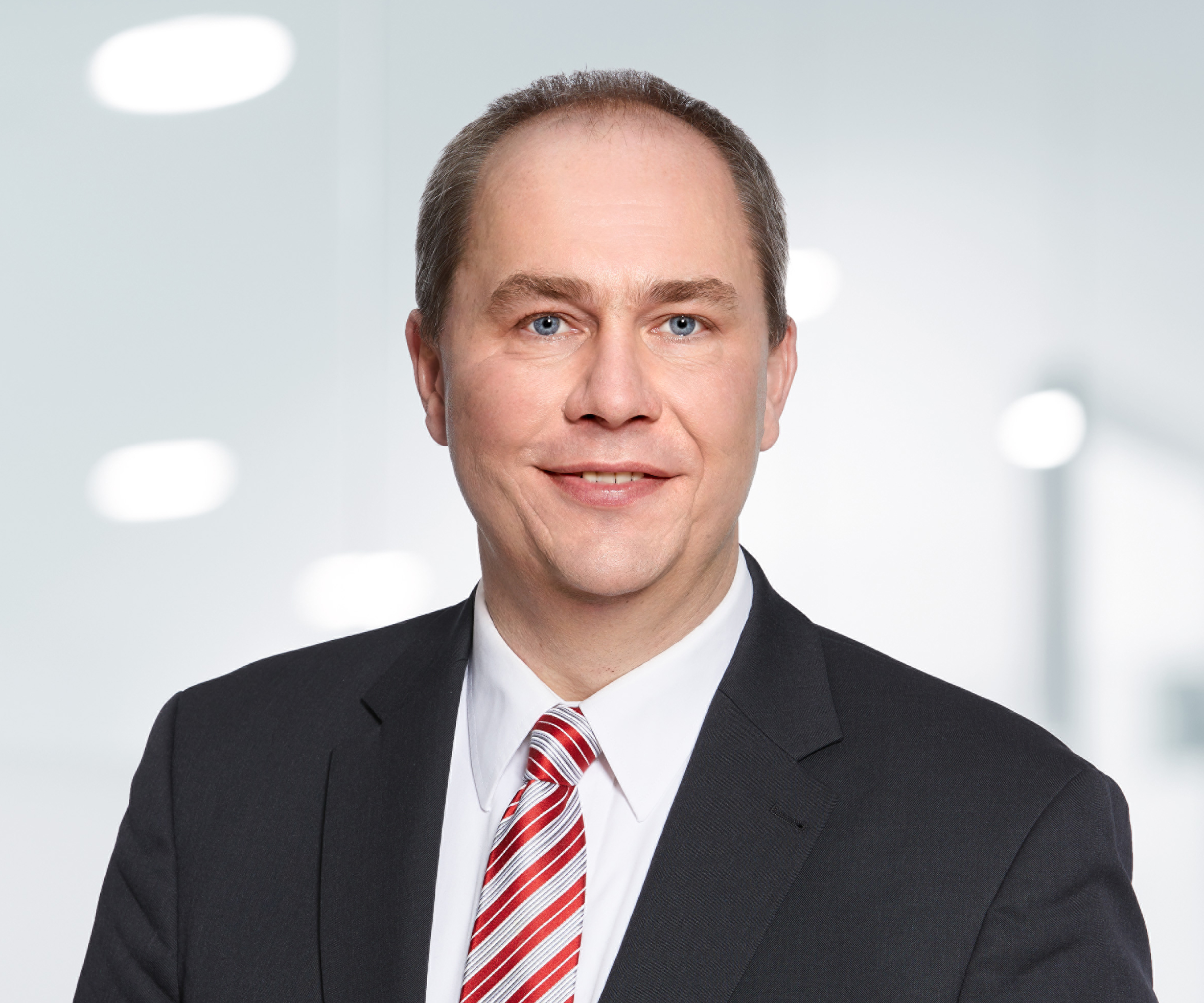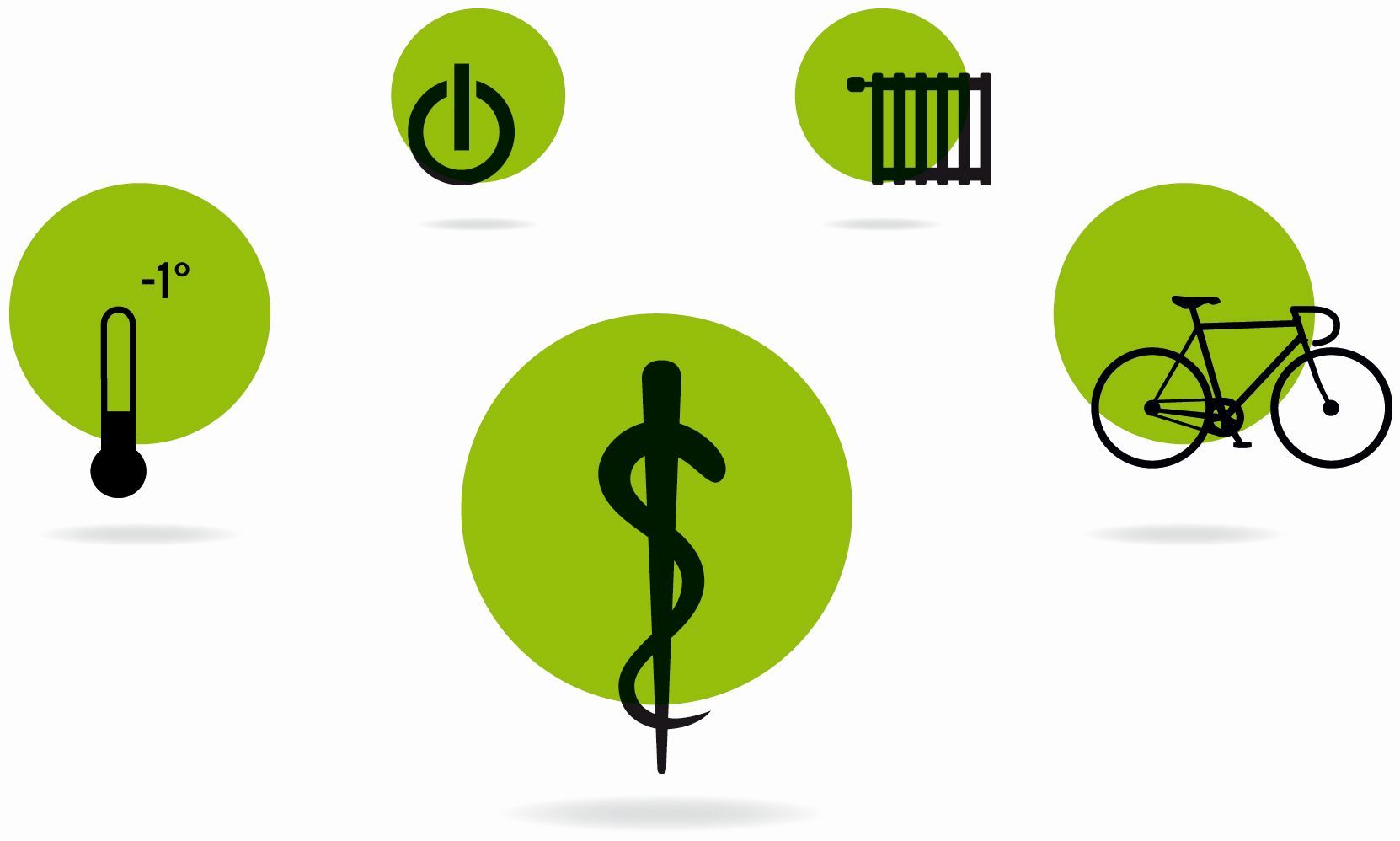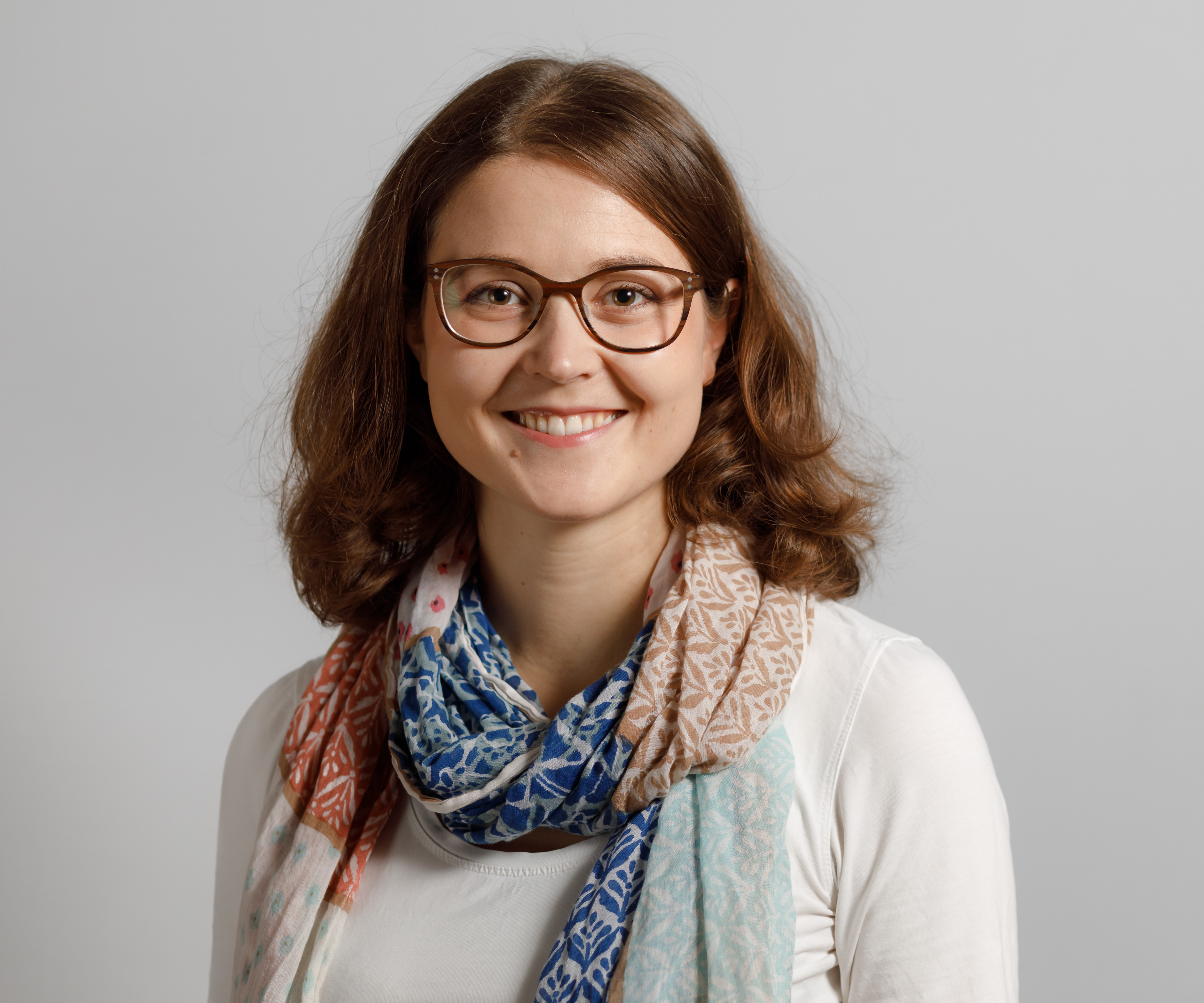Climate protection and sustainability in hospitals
Sustainable activities in the healthcare sector
The healthcare sector is not only facing major challenges in dealing with the consequences of climate change on human health, but it also needs to make a concrete contribution to reducing its own greenhouse gas emissions. Analyses show there are many opportunities to make medical care more sustainable, especially in hospitals’ daily routines. This is where the Heidelberg University Hospital and the viamedica foundation from Freiburg come in.
Patient care is rightly the top priority in the healthcare sector. Nevertheless, a rethink is also needed given that a single hospital bed in Germany consumes on average the same amount of energy as four relatively new single-family homes and three times more water per day (amounting to 300-600 litres) than that used in one single-family home. "Sustainability must become an integral part of hospital guidelines," says Markus Loh, project manager at viamedica since 2007. The Freiberg-based non-profit foundation for a healthy medicine has made it its mission to systematically implement environmental protections in the field of medicine.
viamedica was founded by Prof. Dr. Franz Daschner, the only medical doctor to have received the German Environmental Award of the German Federal Environmental Foundation, which he won in 2000. At the time he was director of the Institute for Environmental Medicine and Hospital Hygiene at the Freiburg University Medical Centre where he went on to develop concepts for environmentally compatible hospital management, demonstrating as far back as 2002 that improvements can be made by changing established processes, especially in ward management.1) Changing the layout of beds in wards, for example, halved the quantity of laundry, saving over two million litres of water per 50,000 patients per year. In the medical area, limiting routine disinfection in favour of targeted applications led to a 2.7 tonne reduction in the annual quantity of disinfectants being discharged into the sewage system.
viamedica provides impetus for sustainable action
 Markus Loh, project manager at the viamedica foundation, has worked on the development of a wide variety of projects to implement environmental protection in the healthcare sector. © viamedica
Markus Loh, project manager at the viamedica foundation, has worked on the development of a wide variety of projects to implement environmental protection in the healthcare sector. © viamedica"The healthcare system offers an incredible number of starting points," explains geographer Loh. He launched an information campaign ‘Klinergie 2020 - Energy Efficiency in German Hospitals’ in 2009 with examples from hospitals for hospitals. "But this was not enough, because hospitals do not have a clear view of their current situation." So viamedia, in cooperation with some large engineering firms, developed the KlinergieCheck, a hospital-specific energy potential analysis system that identifies and calculates the cost-effectiveness of relevant measures. This can lead to energy cost savings to the tune of 30 to 40 percent.
The planning and implementation of energy-saving measures at hospitals and rehabilitation clinics that require no or little investment received support from 2014 to 2016 through the 'KLIK - Climate Manager for Clinics' project, in which employees were trained to become climate managers. Needs-based optimisation in the areas of ventilation, heating, cooling and lighting saved 34,500 t of CO2 and 9 million euros in operating costs over the two-year period. In the follow-up project, KLIK green, a total of 1,600 climate protection measures were implemented in another 250 facilities.
Each and every individual can contribute to a sustainable solution
 The viamedica Klimaretter - Lebensretter (climate saver – life saver) project encourages sustainable behaviour in the working environment. © Scholz & Volkmer
The viamedica Klimaretter - Lebensretter (climate saver – life saver) project encourages sustainable behaviour in the working environment. © Scholz & Volkmerviamedica developed the concept Climate Savers - Life Savers in 2018 in order to get all healthcare sector employees on board. Simple measures in the work environment such as using the stairs instead of the lift, drinking tap water, eating a vegetarian diet, reducing paper consumption or even mindful ventilation are recorded on an app that shows how much CO2 each individual saves. The most successful participants (individuals, teams and companies) receive the annual Climate Saver Award. Loh is clearly enthusiastic: "The project has an incredible dynamic. Huge successes can be achieved with very little effort." There are over 7,000 active participants, who have already saved over 1.5 million kg of CO2 . And the programme’s climate impact is even greater, because participants go on to apply the actions in their private lives as well.
However, the foundation not only initiates behavioural changes, but also provides concrete data. As part of an analysis for a large hospital, the carbon footprint of reusable stainless-steel bowls was compared with disposable plastic bowls made of different materials. A comprehensive cost-benefit analysis was prepared for each, including reprocessing (i.e. cleaning, disinfection, sterilisation) and disposal. Hand-washed reusable bowls were the most ecological, but also the most expensive option. After a new washing process was developed, the best method proved to be reprocessing in a container washing plant. "A practical and sustainable solution was found by simply rethinking the process," explains Loh.
Heidelberg University Hospital examines scope 3 emissions
Heidelberg University Hospital (UKHD) considers the issue of climate protection so important that an in-house position for sustainability and climate protection will be established from October 2022. "This is because the topic is now being addressed at the executive-board level and decisions can be made more quickly," explains Dr. Alina Herrmann from the Institute for Global Health at the University Hospital. Since September 2021, the medical scientist has been leading the KliOL - Climate Protection in Hospitals by Optimising Supply Chains project, which is affiliated with the Climate Change, Nutrition and Health working group run by Jun.-Prof. Dr. Ina Danquah. The project focuses on the so-called scope 3 emissions, which, according to international studies, account for about two thirds of greenhouse emissions in the healthcare sector.2)
 Dr. Alina Herrmann focuses on scope 3 emissions in the KliOL - Climate Protection in Hospitals by Optimising Supply Chains project. © University Hospital Heidelberg
Dr. Alina Herrmann focuses on scope 3 emissions in the KliOL - Climate Protection in Hospitals by Optimising Supply Chains project. © University Hospital HeidelbergGreenhouse gas emissions can be divided into three categories based on the Greenhouse Gas (GHG) protocol:3) Scope 1 emissions occur directly on site during the manufacture of products, either through local combustion or, specifically in hospitals, through the release of anaesthetic gases and metered dose inhalers. Scope 2 greenhouse gases are released indirectly through the purchase of electricity, or through steam, heating or cooling. Scope 3 includes all other indirect emissions generated, for example, during the production and disposal of purchased goods, but also through the mobility of employees, patients and meal provision.
Together with the Institute for Energy and Environmental Research Heidelberg (ifeu), Herrmann prepared a CO2 balance for the UKHD that includes all three emission scopes. Direct emissions and all consumption were recorded and converted into CO2 equivalents (CO2e), a unit of measurement for the comparability of the greenhouse effect. This approach takes into account that other greenhouse gases can be produced in addition to CO2. Methane, for example, has a global warming potential that is 28-fold higher than that of CO2, while the anaesthetic gas desflurane has a 2,540-fold stronger effect on the climate than CO2.
Medical devices must be made more sustainable and overuse needs to be reduced
The UKHD emission value thus calculated for 2019 was 226,000 t CO2e. Of these emissions, 75 percent fall into the scope 3 area. "The important thing is to get the priorities right. The CO2 balances are good for that because they show us where the biggest polluters are. However, the figures are currently still subject to uncertainties, as there is very little product-specific data, especially in the scope 3 area," explains the medical expert. "The high proportion of scope 3 emissions makes it immediately clear that medical products must become more sustainable. Overall, however, the healthcare system also needs to think about how the volume of healthcare services provided can be kept low while maintaining the same quality of care. This is possible, for example, by investing more in preventing or reducing harmful overuse. The required healthcare services must then be provided in an as climate-neutral a manner as possible."
As part of the KliOL project, the first areas suitable for concrete measures have now been defined. For example, the pharmacy now tries to switch from gas-powered to dry powder inhalers as often as possible. The purchasing department wants to focus more on sustainable products. In this area, there are already networks that support hospitals when it comes to implementation (ZUKE Green, PEGreen). The recycling rate of waste is to be increased significantly. This also leads to financial advantages, because homogeneous waste costs nothing, and is reimbursed by the waste disposal contractor. Another goal is to make the food supply for employees more environmentally friendly. In this way, emissions from supply chains are set to be reduced by 6,000t CO2e during the project period.
All this can only happen with the broad support of employees. KliOL therefore cooperates closely with the employee network NeNa (Netzwerk Nachhaltigkeit (engl. Network Sustainability)) at the UKHD. With the board of directors supporting the project and the corresponding research that accompanies it, sustainable change in the hospital will happen.